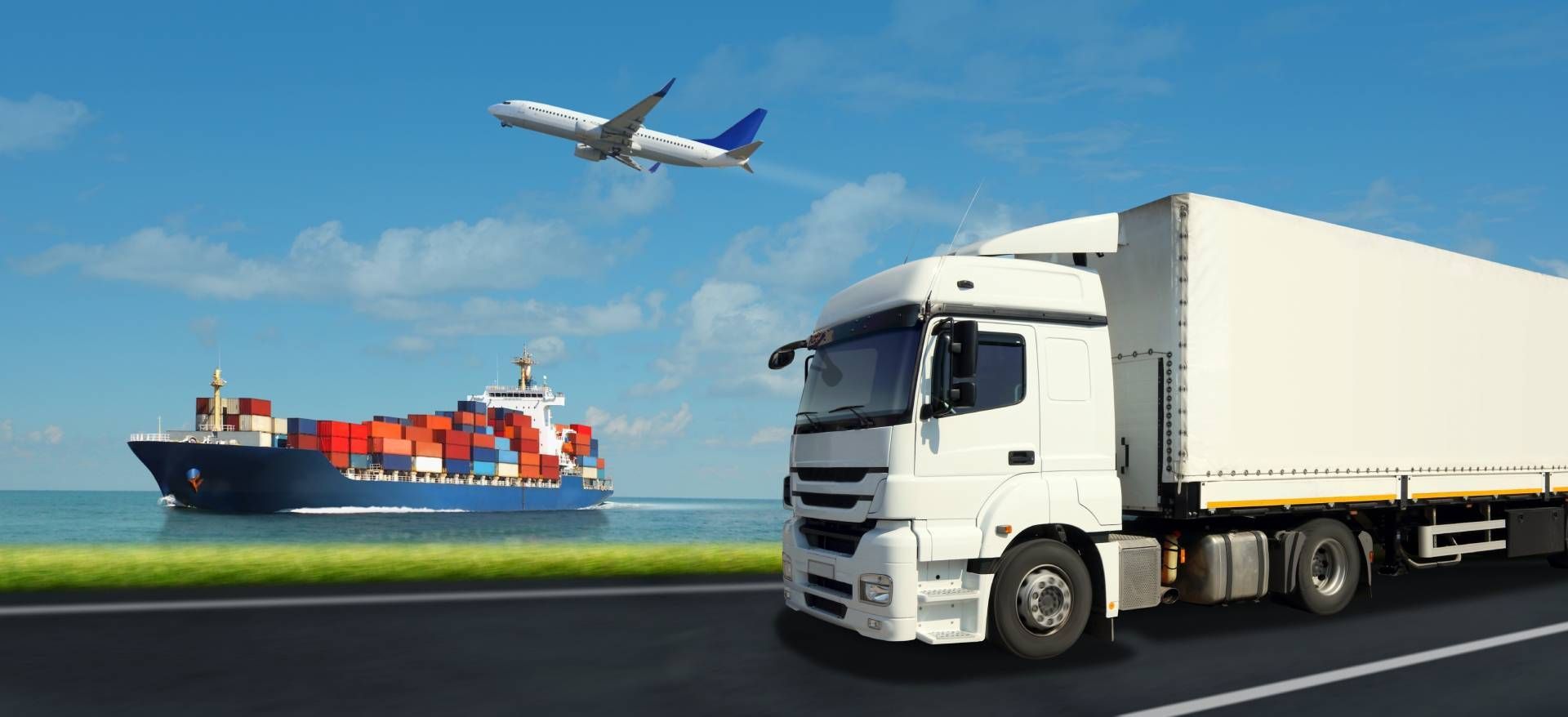What Does Density Mean for a Shipper of Goods?
Density is defined as the amount of mass per unit of volume. It is a metric used in many applications, including cooking, physics, and, for our purposes today, shipping.
The logistics experts at C & S Transportation know how critical freight density measures are for optimizing shipping costs and efficiency. Our team leverages it to determine shipping rates, especially in less-than-truckload (LTL) shipping.
Formula to Find Shipping Weight Density
- To find freight density, weigh something in pounds.
- Then, find its volume in cubic feet by multiplying its height, width, and depth.
- Since there are 1,728 cubic inches in one cubic foot, divide your answer by 1,728 to get the total cubic feet.
- Finally, divide the weight by the volume to get the freight density.
Now, let’s see how that measure impacts shipping expenses.
Full Truckload vs. LTL Shipping
C & S Transportation offers full truckload (FTL) and less-than-a-truckload (LTL) shipping. FTL can be more cost-effective for larger shipments that can fill an entire truck, but LTL is often the better choice for smaller loads.
Accurate density calculations help us determine the most cost-effective options for our clients and their shipping solutions.
Freight Density's Impact on Shipping Costs
The National Motor Freight Traffic Association (NMFTA) sets freight classes based on weight, size, density, ease of handling, value, and risk of theft, damage, breakage, or spoilage. In LTL shipping, carriers use freight density to assign a freight class, which affects the shipment's cost.
Lower-density items typically fall into higher freight classes and higher shipping rates. Denser shipments get assigned lower classes and benefit from reduced costs.
How to Optimize Freight Density
Our team uses proven strategies to maximize freight density and reduce shipping expenses:
- Efficient Packaging: Appropriately sized boxes minimize unused space.
- Freight Consolidation: Smaller shipments get combined into single, denser loads.
- Material Selection: Lightweight yet sturdy packaging materials add protection and avoid unnecessary weight.
- Stacking and Palletizing: Properly arranging items on pallets optimizes space and stability.
- Load Planning: Organizing shipments based on weight and size encourages balanced, efficient transportation.
Another strategy is raising awareness of changes to industry regulations. One is coming up very soon, and rest assured that we’re on top of it.
Upcoming Changes in Freight Classification
The National Motor Freight Classification (NMFC) system will likely change in July 2025 to simplify the process, increase efficiency, and improve user experience. It’s coming in phases with these updates:
- There will be a standardized density scale for LTL freight without handling, liability, and stowability issues.
- New freight identifiers.
- Modern, condensed commodity listings.
- Enhanced usability for ClassIT classification.
You won’t need to worry about the details; that’s what our team is here for. We hope these updates will improve the process, making things more streamlined for our team and our valued clients.
Partner with C & S Transportation for Optimized Shipping
Freight density calculations and shipping classifications can be challenging for businesses, but our expert guidance and tailored solutions promote cost-saving, timeliness, and outstanding customer service.
By partnering with our team at C & S Transportation, you’ll benefit from accurate freight density calculations and optimal, personalized logistics.
Contact our office in Nicholasville, KY, for nationwide service and shipping solutions.












